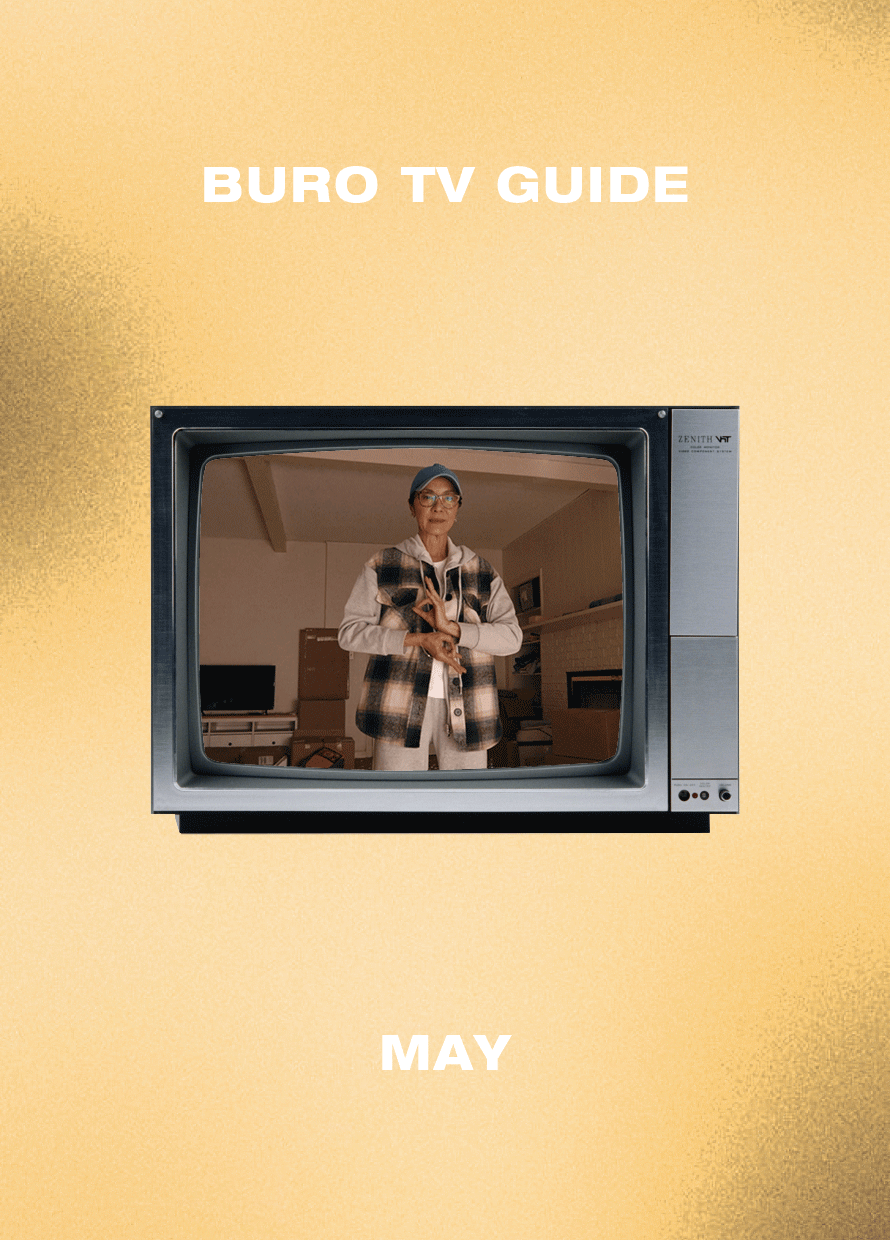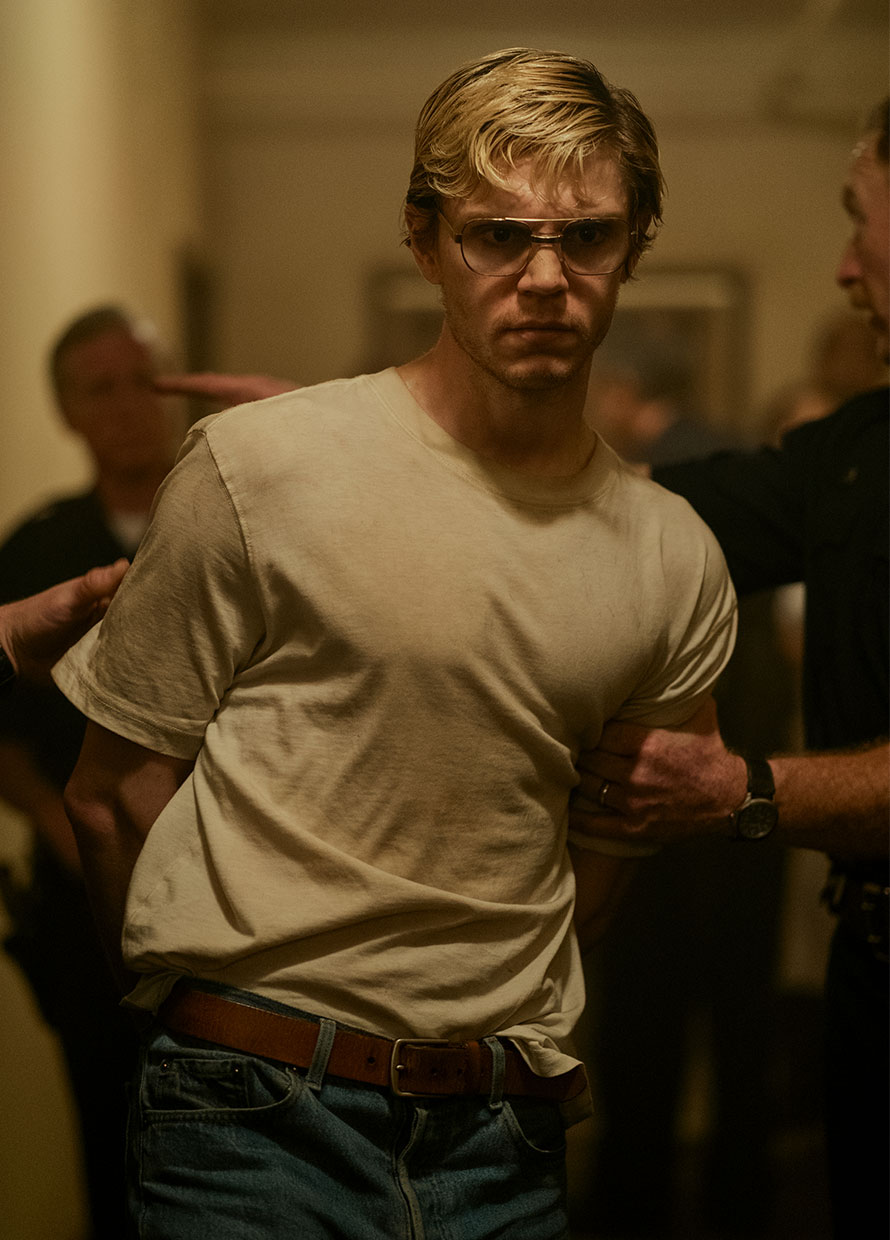Fact vs fiction: How true is the story of ‘Queen Charlotte’?
The ultimate love story
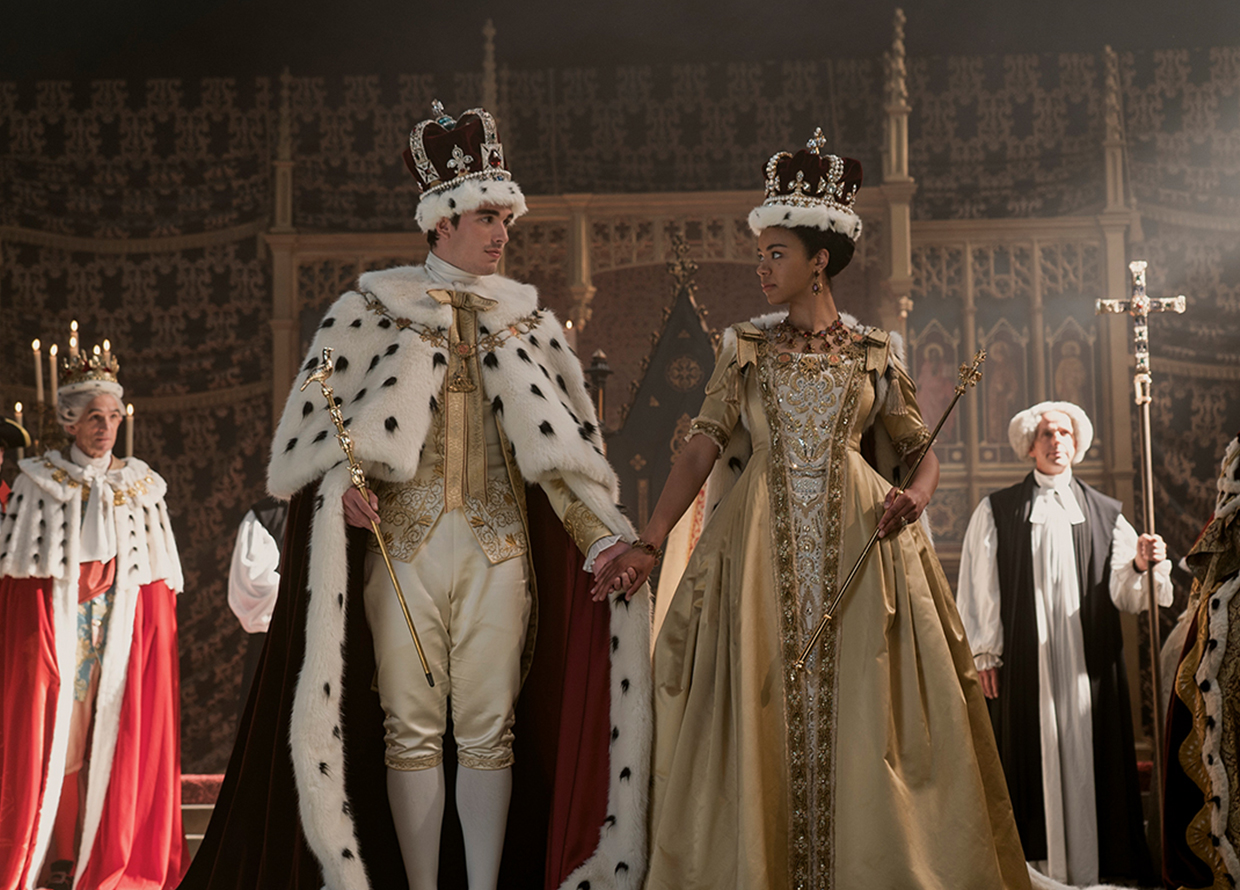
So, you finally wiped your tears away and regained your composure after the last episode (don’t worry, it took us some time too). The six-episode spinoff prequel of the Netflix hit series Bridgerton did a great deal highlighting the enduring and moving love story between a young Queen Charlotte and King George. So much so that you might be asking yourself (apart from questioning if you’ll ever find love this great), “Was all of this true?” While the Bridgerton universe has always been a fictionalised place—and indeed, a voiceover from narrator Julie Andrews reaffirms this by reminding audiences that Queen Charlotte is “not a history lesson”—so much of the series draws from real-life events that it’s hard not to draw parallels.
In fact, there was a real King George and a Queen Charlotte during the same time period as when the series takes place in the mid-1700s to early 1800s. They are a famous royal couple in history books for several reasons—some of which are depicted in Queen Charlotte. Ahead, we look at some of the most pivotal moments of the show and lay down what is fact and fiction.
Was Queen Charlotte actually Black?
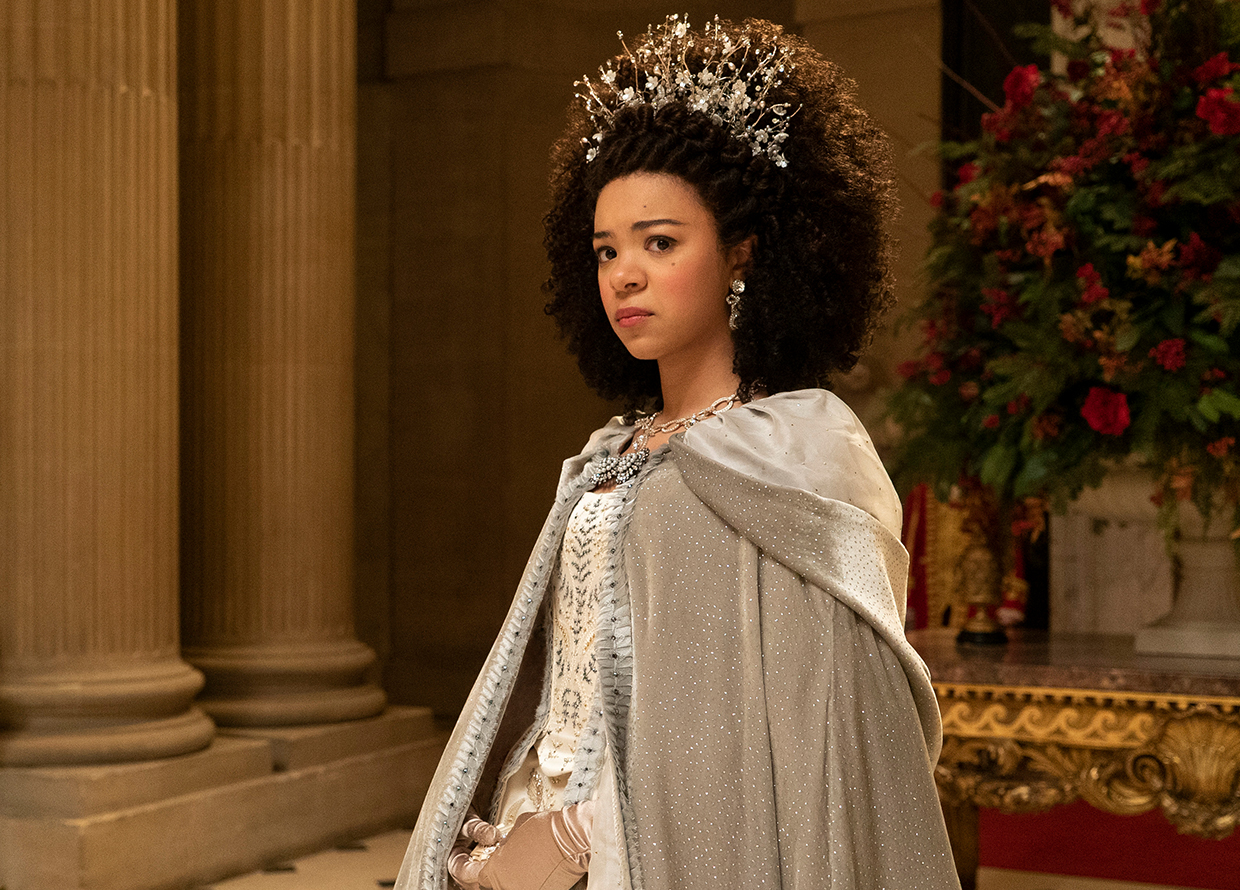
The subject of Queen Charlotte’s ancestry has plagued the show since the first teaser was released last year. Since the real monarch was thought to be white as she was from Germany and depicted as such in portraits, the casting of India Ria Amarteifio as the young queen sparked a lot of debate. The idea that Queen Charlotte could really be black mostly came from research conducted by historian Mario de Valdes y Cocom. According to his academic writing for PBS Frontline in 1997, he argued that Charlotte was actually descended from Margarita de Castro y Sousa, a 15th-century Portuguese noblewoman who was related to the 13th-century ruler Afonso III and his Moorish mistress Madragana. As for historic portraits of the queen, Valdes claims that there are “African characteristics evident in so many of the queen’s portraits”. However, most artists during that time “were expected to play down, soften or even obliterate features in a subject’s face, especially a woman’s, that were not considered to meet the standards of beauty for the times.”
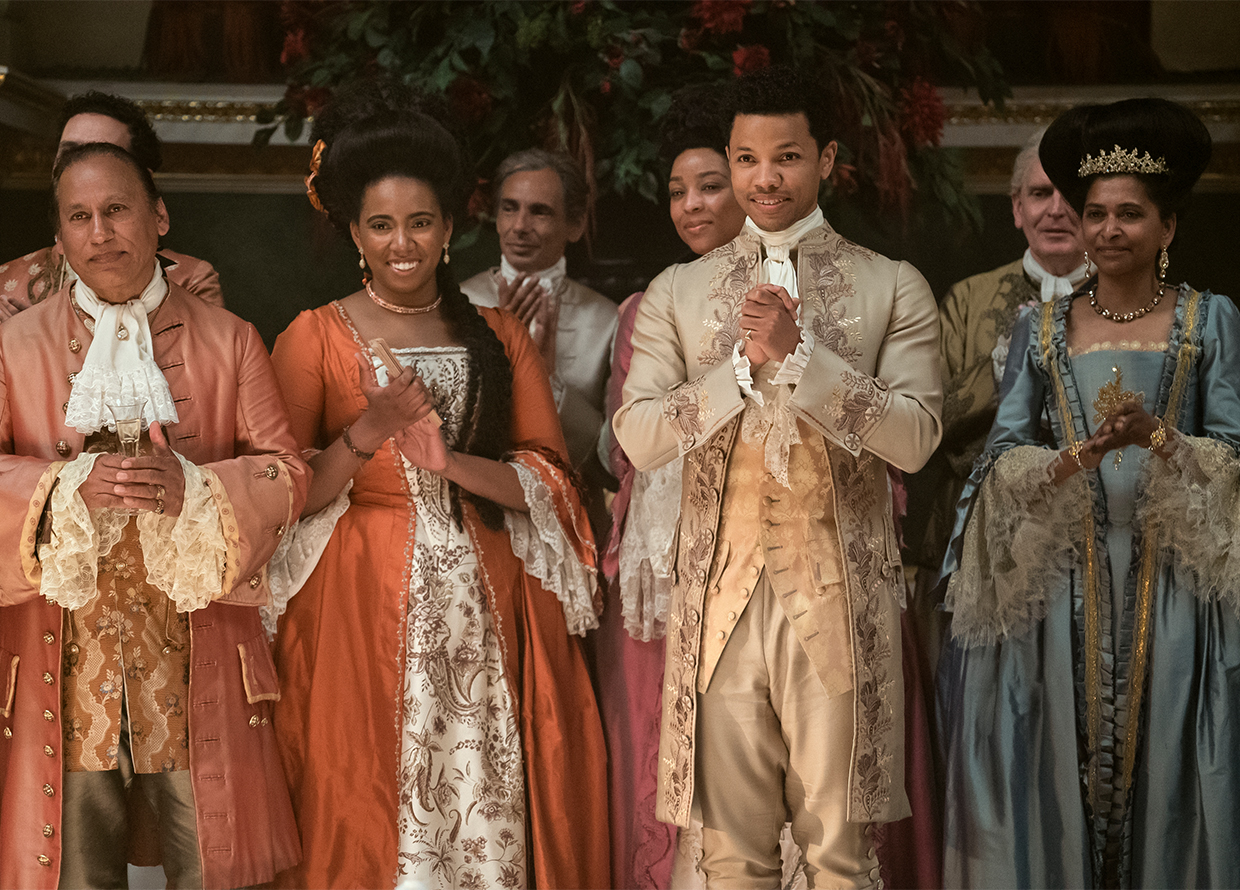
On the other hand, there are historians who also refute Valdes’s claims. Lisa Hilton told Insider that the term “Moorish” does not necessarily refer to someone of colour and included anyone who lived in the Moorish Empire. Further, even if Madragana was related to someone of Black ancestry, the generational gap of some 500 years would make it “extremely unlikely that traces of the genetic makeup would have appeared in the features of an 18th-century princess.”
There is no clear answer to the real Queen Charlotte’s black ancestry so the short answer is maybe. However, it’s clear that the Bridgerton universe has taken up Valdes’s stance to explore race and explain how Amarteifio’s Queen Charlotte created a more racially diverse and inclusive Ton.
Did King George and Queen Charlotte marry at first sight?
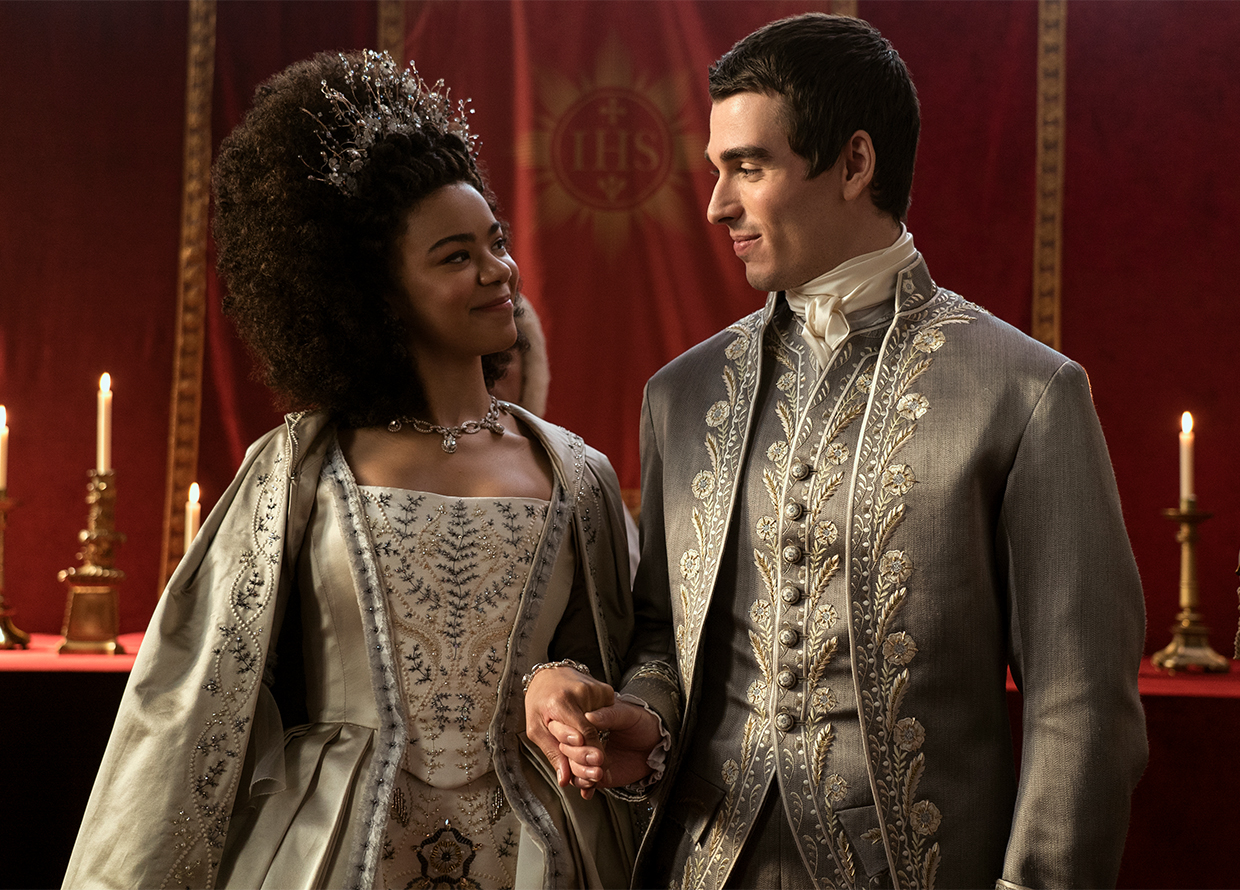
Yes, the real royal couple married each other almost immediately upon meeting each other for the first time. Unlike what the show depicted, the German princess was more than happy to marry the king (no wall climbing to get out of it!). When the 17-year-old princess arrived in London, she spoke with the 22-year-old king for two hours before they both decided to have their wedding on the same day. So within six hours of her arrival, their wedding was held at the Chapel Royal in St James’s Palace, as per The Royal HouseHold website. The two were said to have a loving and affectionate marriage—they did have 15 children after all…
Was King George really suffering from mental illness?
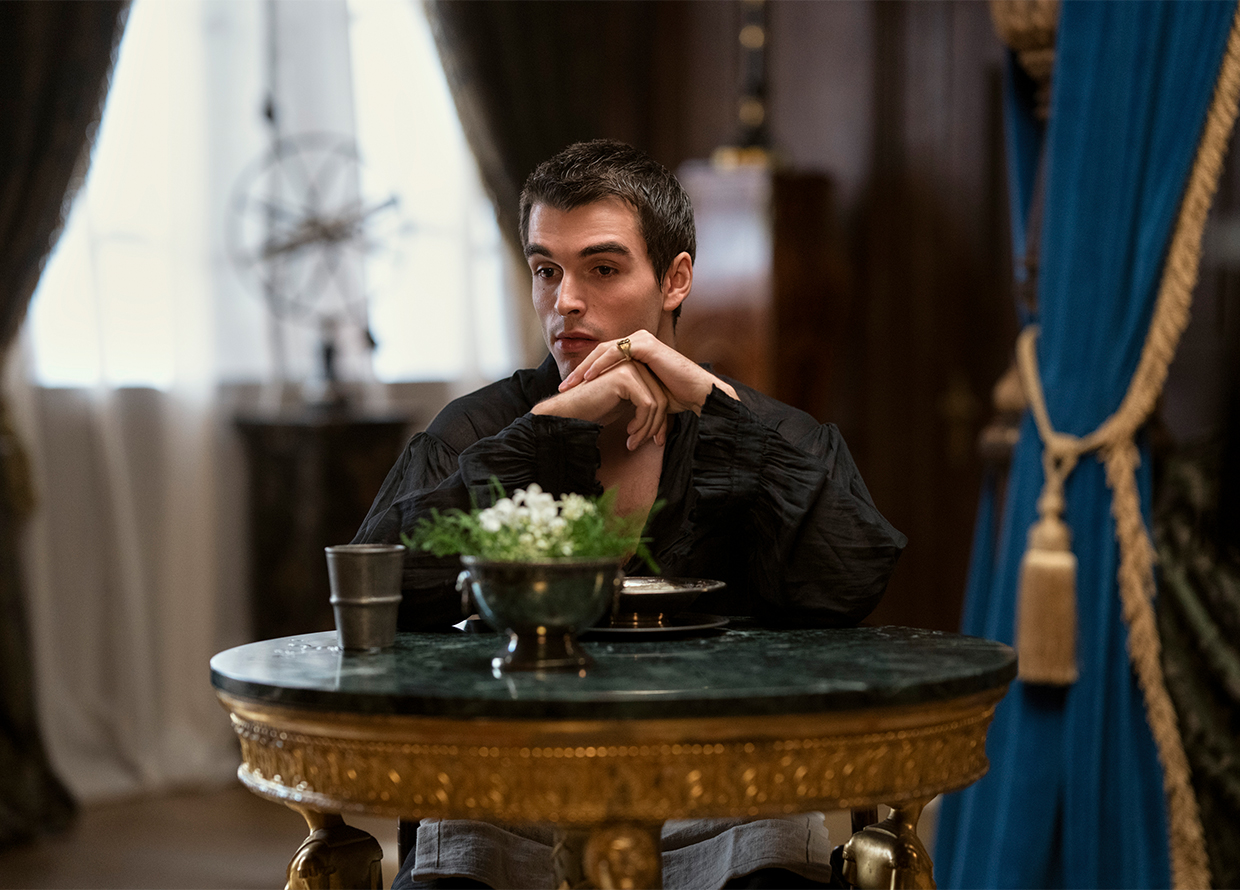
Similar to the Bridgerton prequel, King George was indeed suffering from a debilitating mental illness. His first major episode with his illness was in 1788 when the monarch suffered physical pain and mental distress, and talked until he foamed at the mouth. He would also verbally lash out at his wife, accusing her of adultery and even physically assaulting his oldest son, George. In the past, historians have thought his behaviour was due to a genetic blood disorder called porphyria, however, most recent analyses have shown closer ties to bipolar disorder. His treatments included leeching and cold baths. However, he would continue to suffer periodically from his mental illness and in 1811, Prince George took control of the kingdom as regent for the next nine years. Hence, the term for this period was known as the Regency Era.
King George’s illness took a great deal out of Queen Charlotte as the monarch’s hair had even grown white from the stress by 1789. This was especially tragic for the pair as they enjoyed a loving, fun and boisterous marriage before the king’s illness took over. The couple would often play musical instruments together and took part in their children’s upbringing closely. Similar to Bridgerton’s Queen Charlotte, the sovereign never left the king’s side and “watched him fade away until he no longer recognised her,” according to historian Catherine Curzon. The queen eventually died of pneumonia in 1818 at the age of 74 and her husband two years later.
Was there such a thing as the Great Experiment?
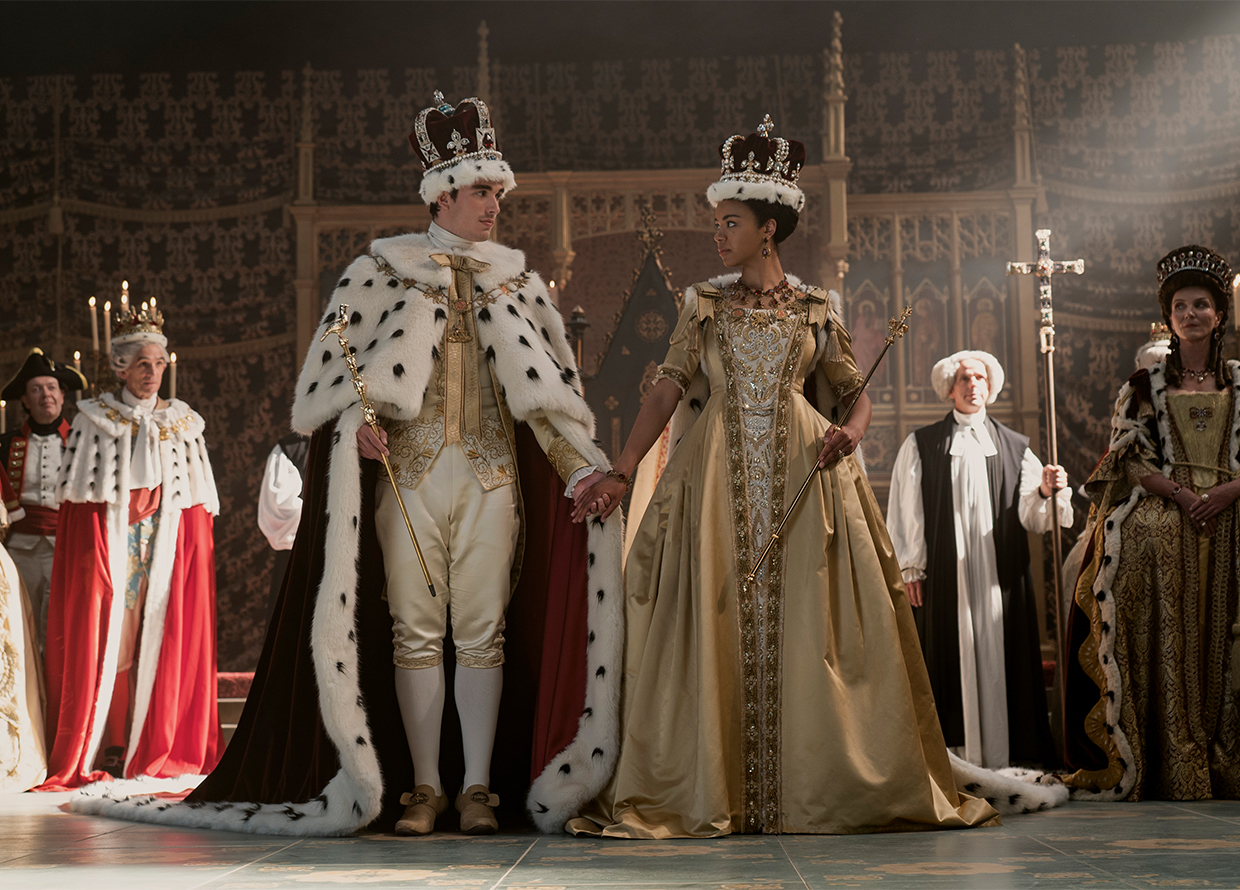
Bridgerton viewers have always wondered why many people of colour were depicted to be in the upper echelon of society in a historically white (read: racist) period. The Netflix series’ answer to this was to show how King George and Queen Charlotte’s union opened the door for minorities in 18th-century England. In the show, Princess Augusta bestowed titles upon wealthy Black families in order to quicken the integration which was known as The Great Experiment.
However, there are no records to suggest such an experiment took place in real life. In fact, it was quite the opposite. Racial relations in Georgian England proved to be far more complicated and dire to be solved with a single marriage. According to Historic England, there were around 15,000 Black people living in the country during the second half of the 18th century and a majority of them worked as either paid or enslaved servants. While the slave trade was abolished in 1807, slavery still remained legal in British colonies until 1833 and it was not remotely possible for any of them to earn titles, let alone marry a King.
Was Queen Charlotte a gossiper in real life?
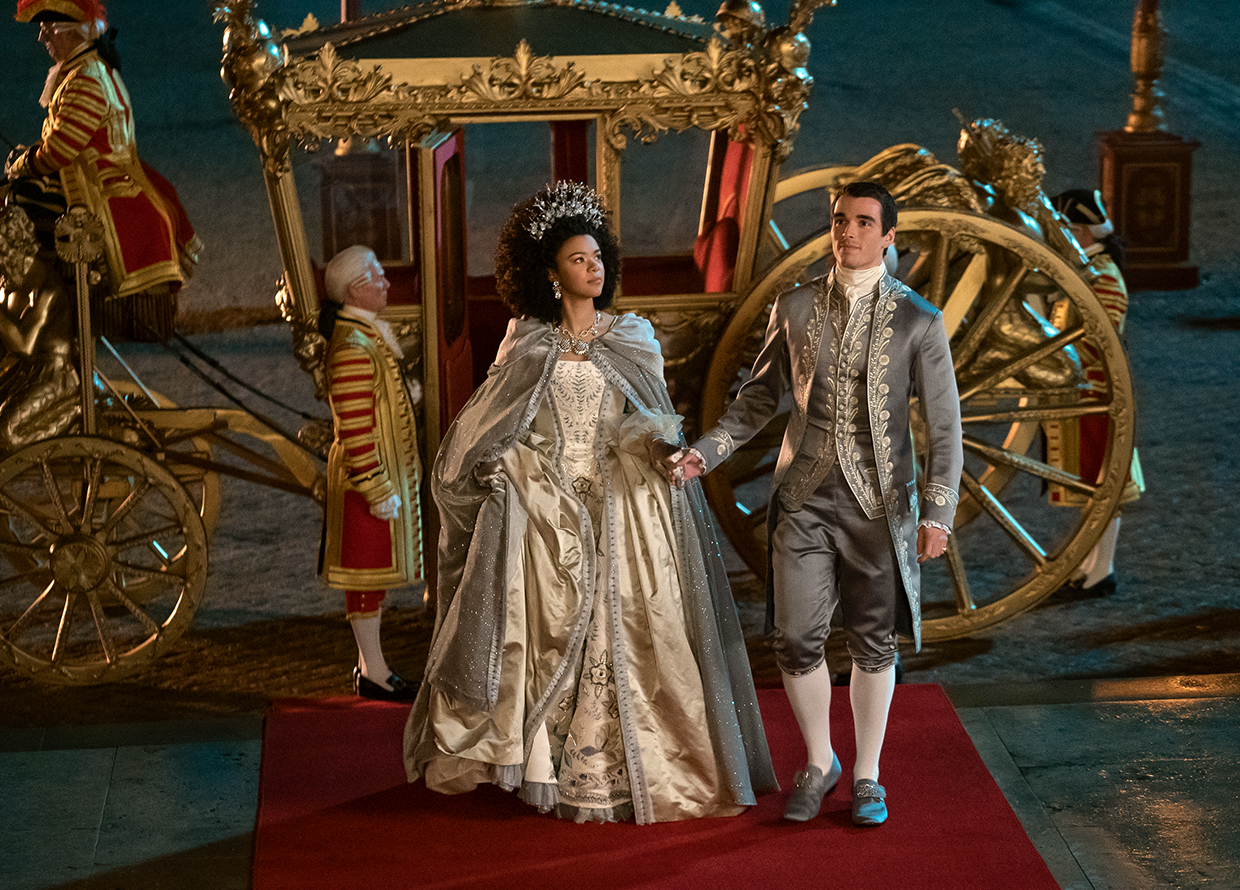
Yes, the real Queen was quite the gossiper and loved playing matchmaker! The Bridgerton series first depicted her as the haughty queen who was greatly involved in the matchmaking season and this is historically true. The King had actually established the first debutante ball in 1780 in honour of his wife’s birthday and named it Queen Charlotte’s Ball. It was held in Buckingham Palace (which the king also bought for his wife when it was originally called Buckingham House) every year until the 1950s when Queen Elizabeth II halted it. Despite her husband’s descent into madness, Charlotte would often write him letters recounting the latest gossip in the Ton (channelling some Lady Whistledown energy), many of which are documented and can be read in the Royal Archives.
Did Queen Charlotte love Pomeranians?
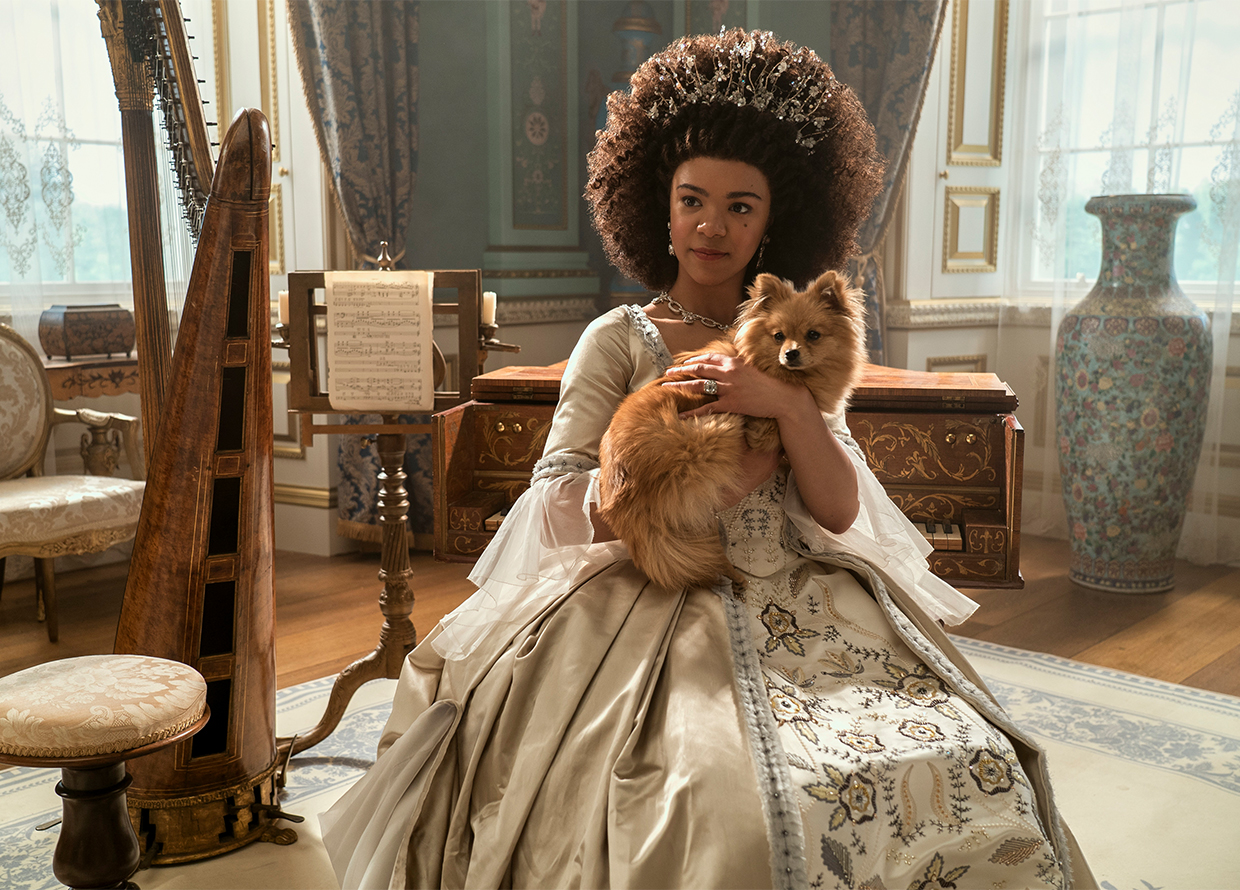
Like Queen Elizabeth II with her corgis, Queen Charlotte had a steely love of Pomeranians. In episode two of the Bridgerton series, King George gifts her with her first Pomeranian in a basket so she wouldn’t feel lonely. She calls it a “deformed bunny” when in actuality, Charlotte would be rolling in her grave to call her precious lap dogs such a thing! In fact, she even brought two of them with her to England. She would often gift Pomeranians to her ladies in waiting and courtiers and kept her own close to her in staterooms and meetings. Her son, King George IV, and her granddaughter, Queen Victoria, continued the tradition of loving the fluffy canines, with the latter popularising it in England by importing different Pomeranian breeds around Europe and starting a dedicated breeding program.
For more reads on the latest film and TV shows, head here.
| SHARE THE STORY | |
| Explore More |

